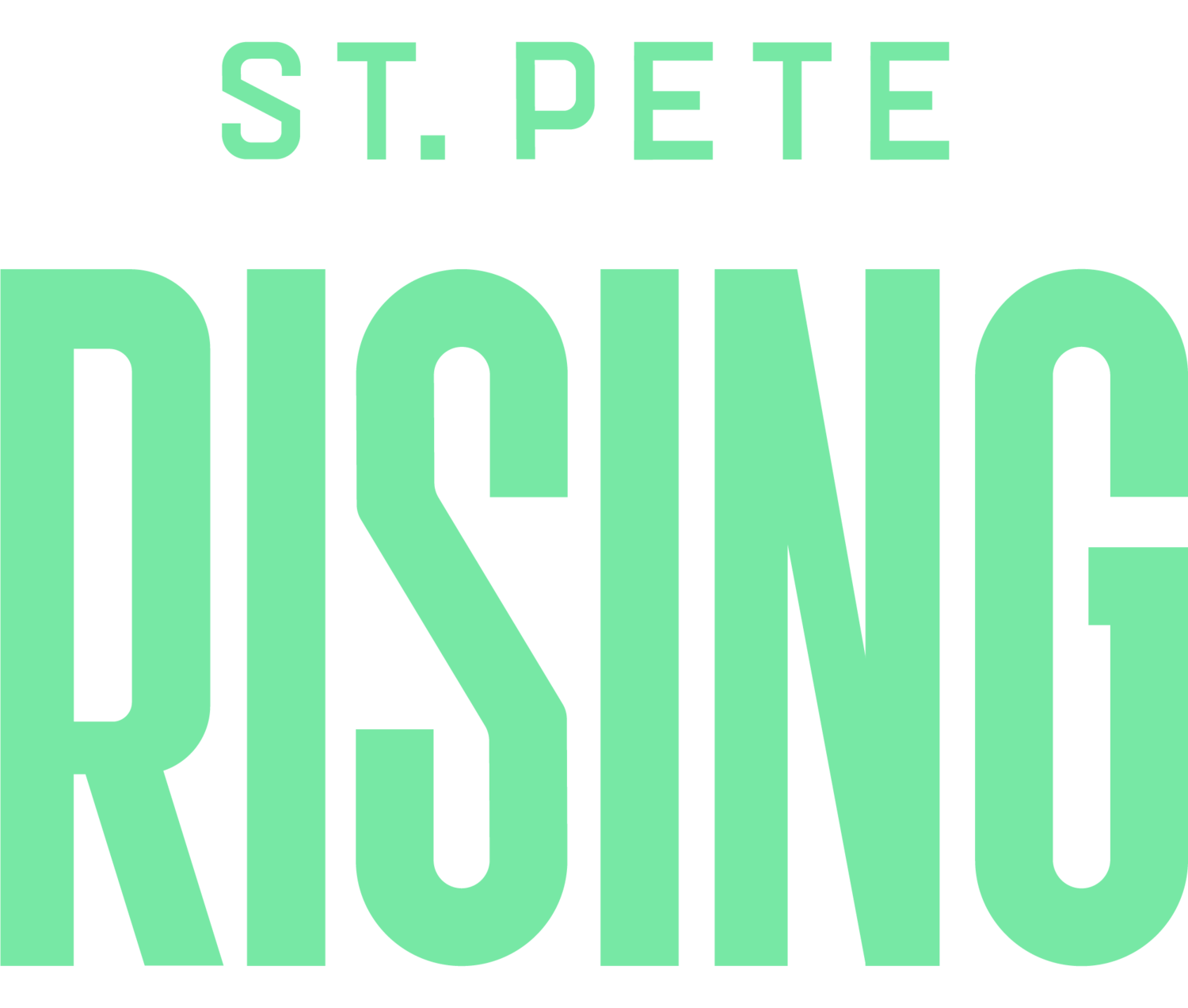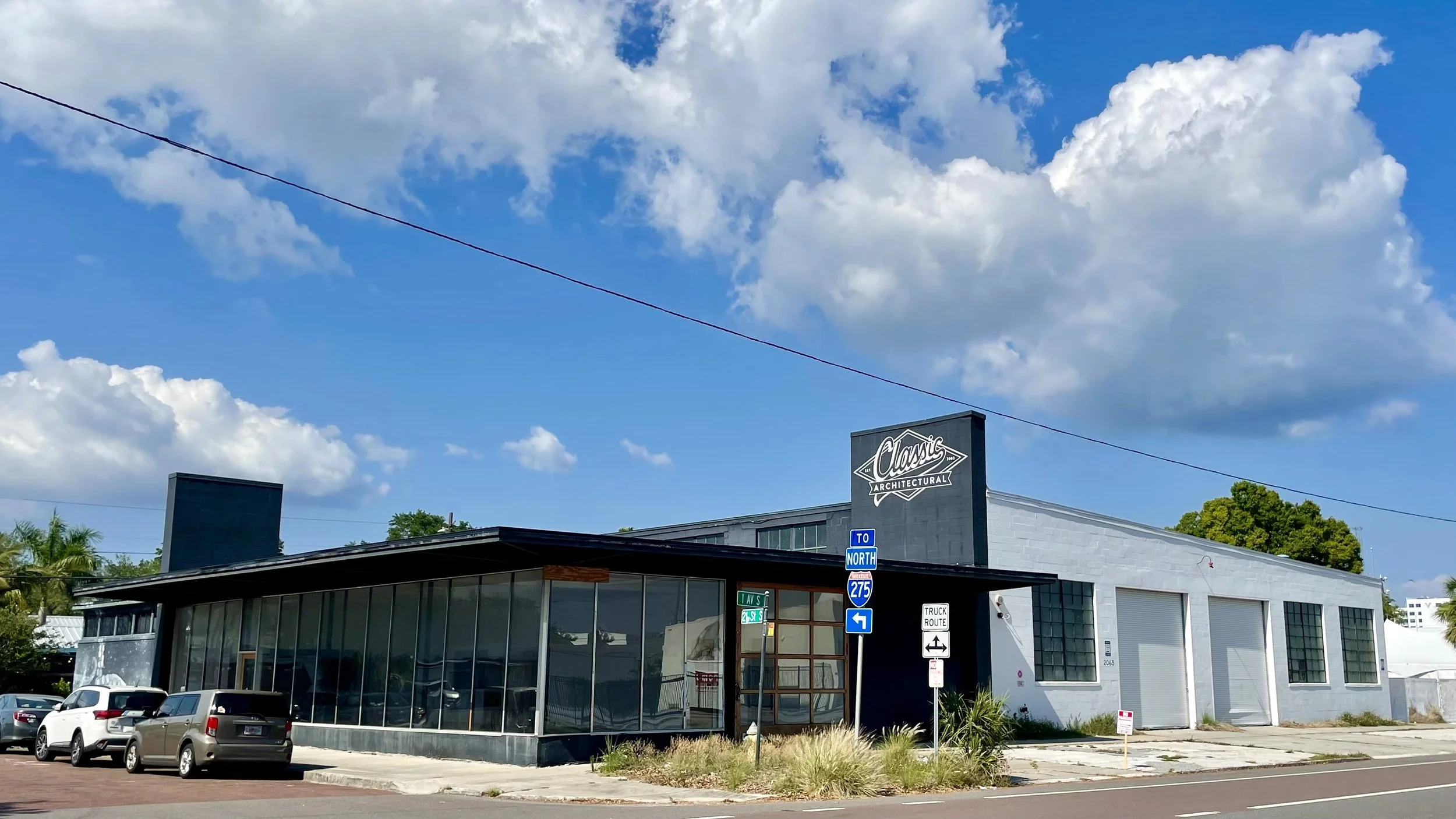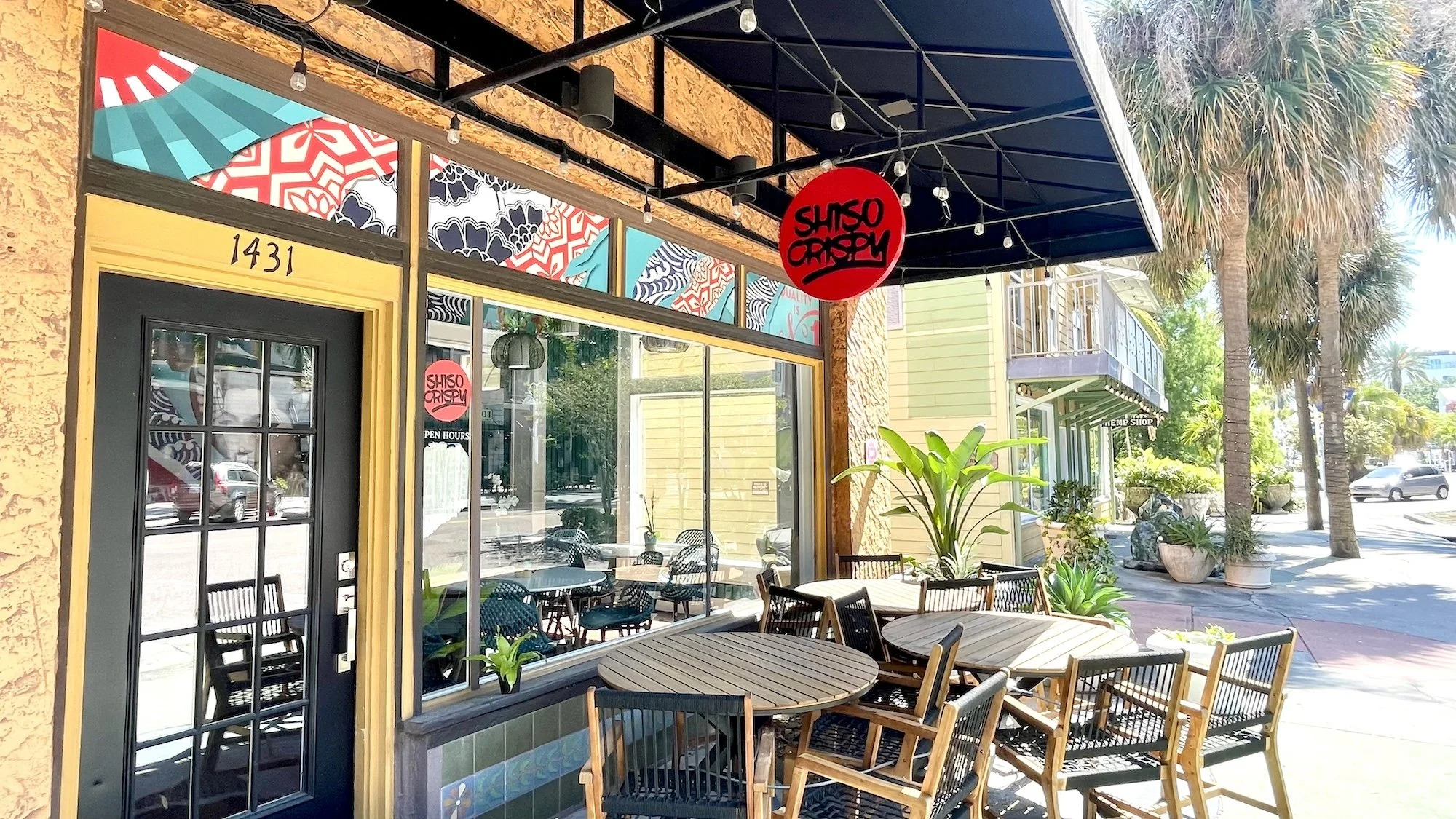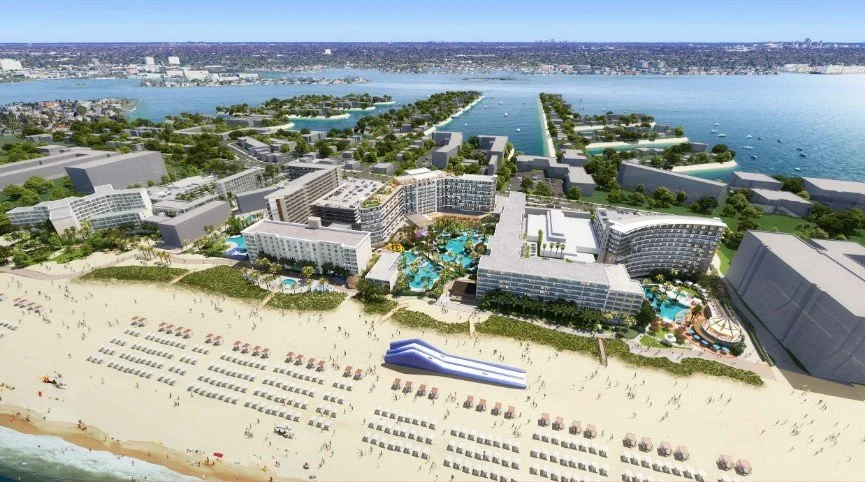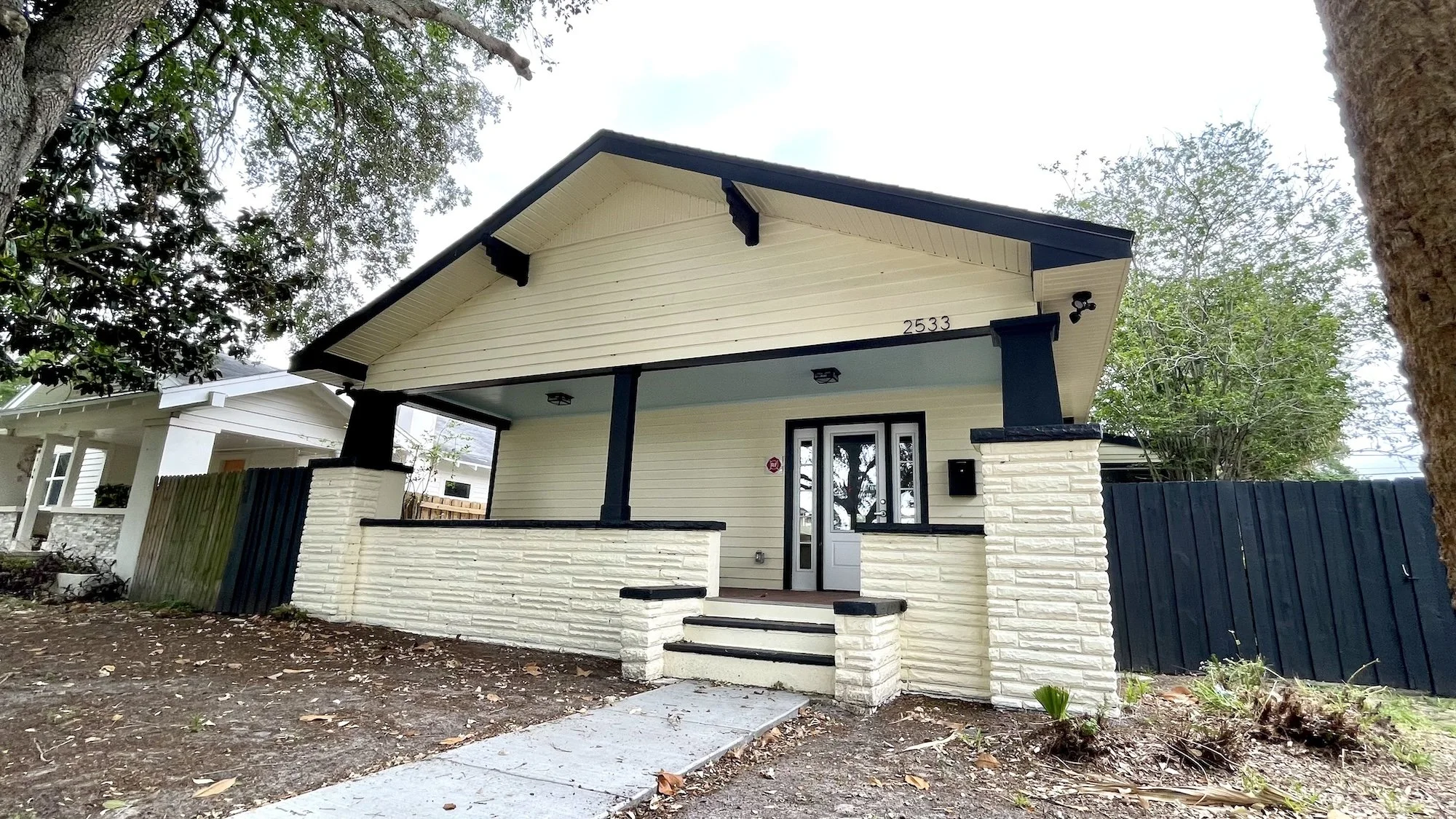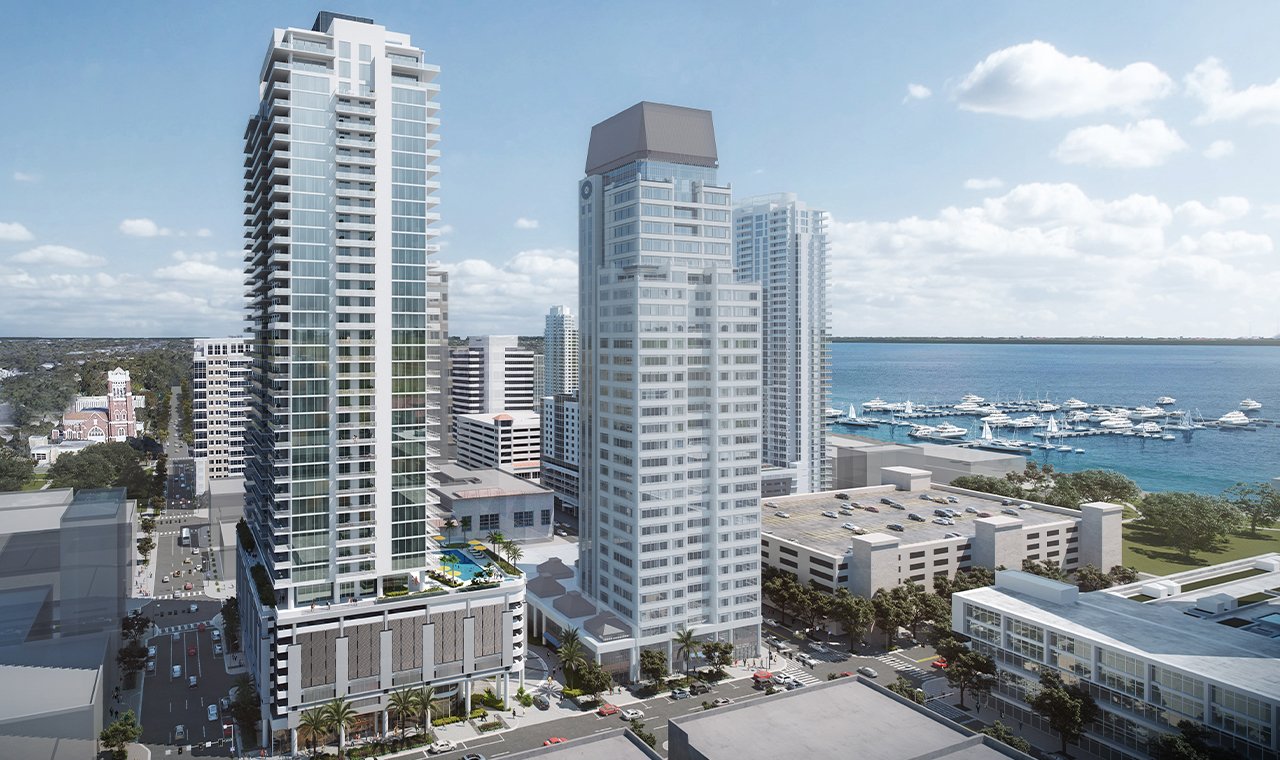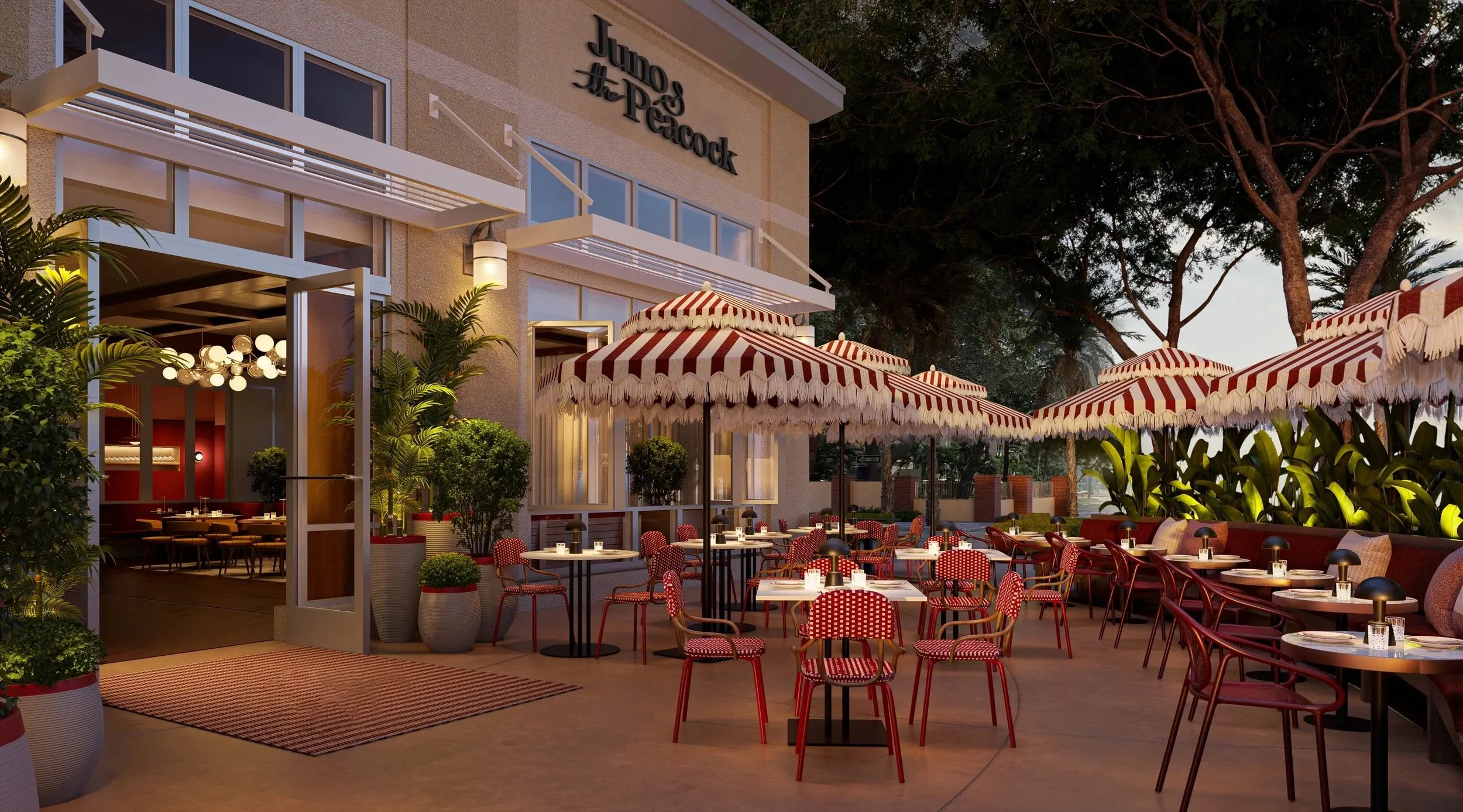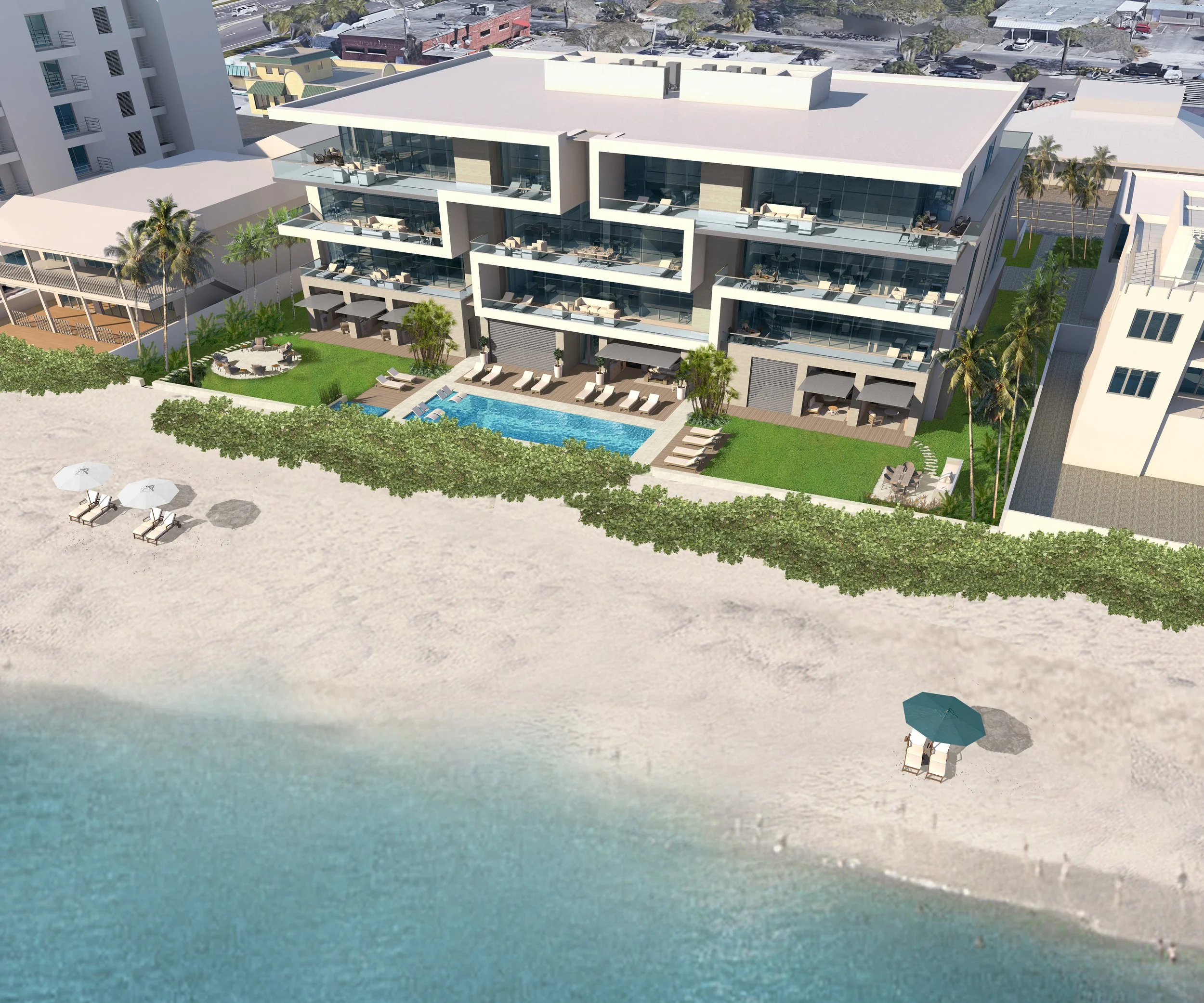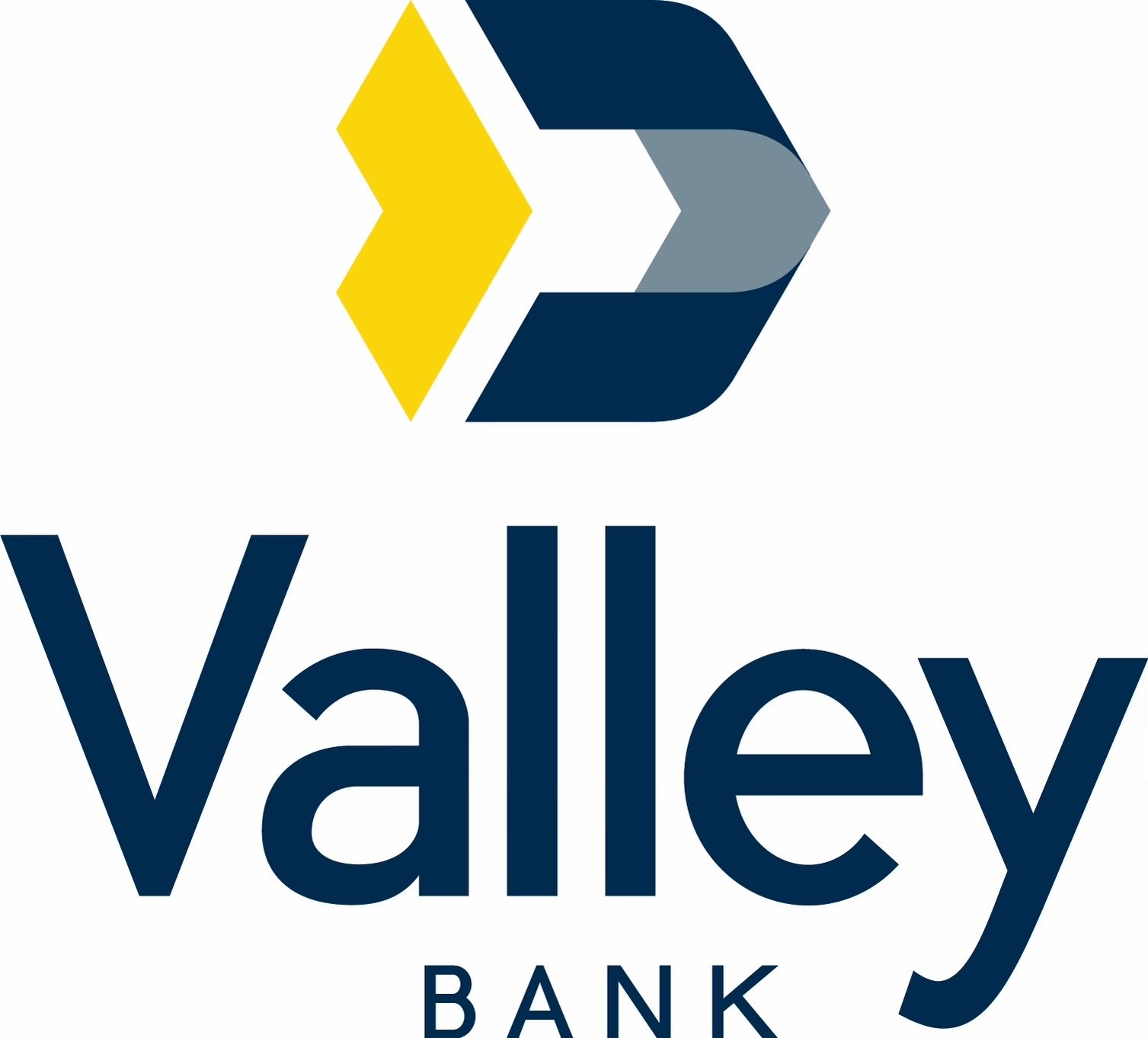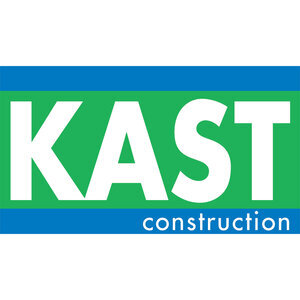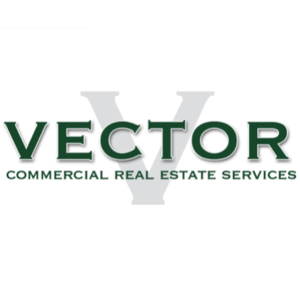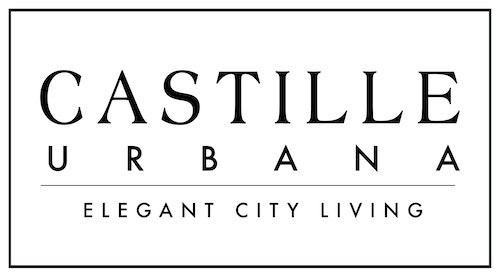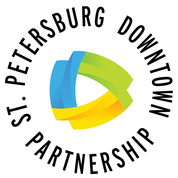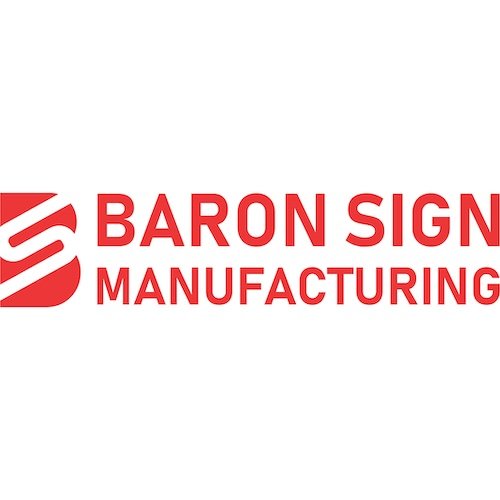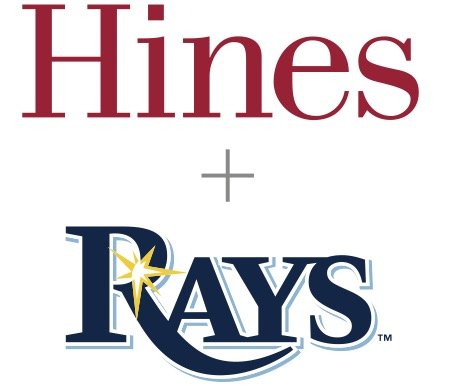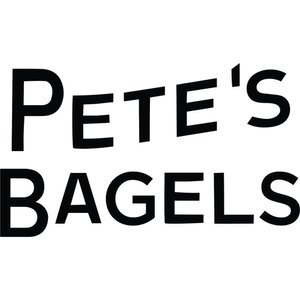It's Official: The Rays are staying in St. Pete
/The new $1.3 billion stadium will have a capacity of 30,000 fans and will be covered, enclosed, and air-conditioned to ensure comfort and protection from the elements | Rays/HINES
This morning, the Rays held a press conference to confirm yesterday’s reports of their intent to stay in downtown St. Petersburg for decades to come.
An agreement has finally been reached between the Rays, The City of St. Petersburg, and Pinellas County to move forward with a new state-of-the-art ballpark and a transformational development on the 86-acre Historic Gas Plant District site where the team’s current stadium sits.
“This will be a transformative project for the Rays, St. Petersburg, and Pinellas County,” said Tampa Bay Rays Principal Owner Stu Sternberg. “We have proudly served as Tampa Bay’s Major League team for 25 years, and we are thrilled to be in position to do so for decades and generations to come.”
Tampa Bay Rays Principal Owner Stu Sternberg at Tuesday’s press conference at Tropicana Field in Downtown St. Pete
The new $1.3 billion stadium will have a capacity of 30,000 fans (35,000 for special events). Similar to Tropicana Field, the new ballpark will be covered, enclosed, and air-conditioned to ensure comfort and protection from the elements. Transparent, mobile walls will line exterior-facing businesses to “bring the outside in.”
For those who aren’t die-hard baseball fans, the ballpark will offer more than just playoff-caliber baseball. Modern amenities and the latest technologies will provide unique experiences and family-friendly activities including an aquarium exhibit/experience and indoor/outdoor kids zones.
Also, unlike the existing Tropicana Field, the new ballpark will be fully integrated with the surrounding neighborhoods. Gameday experiences will spill out of the park and onto the streets lined with local stores, restaurants, and unique gathering spaces.
The redevelopment of the Historic Gas Plant District will include nearly 8 million square feet of mixed-use development and cost north of $6.5 billion over 20 years | Rays/Hines
And when baseball is not in session, other large sporting events and concerts, and community gatherings including graduations and convention meetings will be held at the new ballpark.
The public approval process by Pinellas County and the City of St. Petersburg is expected to begin this fall with construction commencing on the new stadium and the redevelopment of the Historic Gas Plant District in late 2024.
The Rays will continue to play in the existing ballpark on the site until the end of the 2027 season and are expected to be in the new stadium by Opening Day 2028.
As for financing for the new stadium, the Rays have committed to pay $700 million and any cost overruns for the $1.3 billion ballpark. Pinellas County and the City of St. Petersburg will combine to contribute approximately $600 million in equal amounts.
The new ballpark will be fully integrated with the surrounding neighborhoods. Gameday experiences will spill out of the park and onto the streets lined with local stores, restaurants, and unique gathering spaces | Rays/Hines
In addition to the ballpark, the entire Gas Plant District surrounding the new stadium is set to be redeveloped. The project, which is being spearheaded by The Rays and Hines, will include nearly 8 million square feet of mixed-use development and cost north of $6.5 billion over 20 years. It will be the largest mixed-use development project in Tampa Bay history.
There have been a few changes to the plan since the Rays and Hines submitted their proposal in January.
The agreement increases the number of affordable/workforce housing units to be built by the partnership from 859 to 1,200, with at least half of that amount to be built on the Historic Gas Plant site. It also adds 100 on-site affordable units for seniors.
Construction is expected to commence on the new stadium and the redevelopment of the Historic Gas Plant District in late 2024 | Rays/Hines
“The Rays are here to stay, and it’s also critical to underscore that this impactful work is much bigger than baseball and extends far beyond the 17-acre ballpark,” said St. Petersburg Mayor Ken Welch. “We are duty-bound with our intentional efforts to honor the broken promises made to the Historic Gas Plant community, an incredibly special place that my own family called home.”
The entire project is expected to include the following:
4,800 residential units
1,200 affordable/workforce residential units (on and off-site)
600 senior living units
1,400,000 square feet of office, medical and commercial space
750,000 square feet of retail
750 hotel rooms
100,000 square feet of entertainment space, including a concert venue to seat up to 4,000
50,000 square feet of civic space, namely a new home for the Carter G. Woodson African American Museum
90,000 - 100,000 square feet of conference, ballroom and meeting space
14 acres of public open space
14,000 parking spaces
